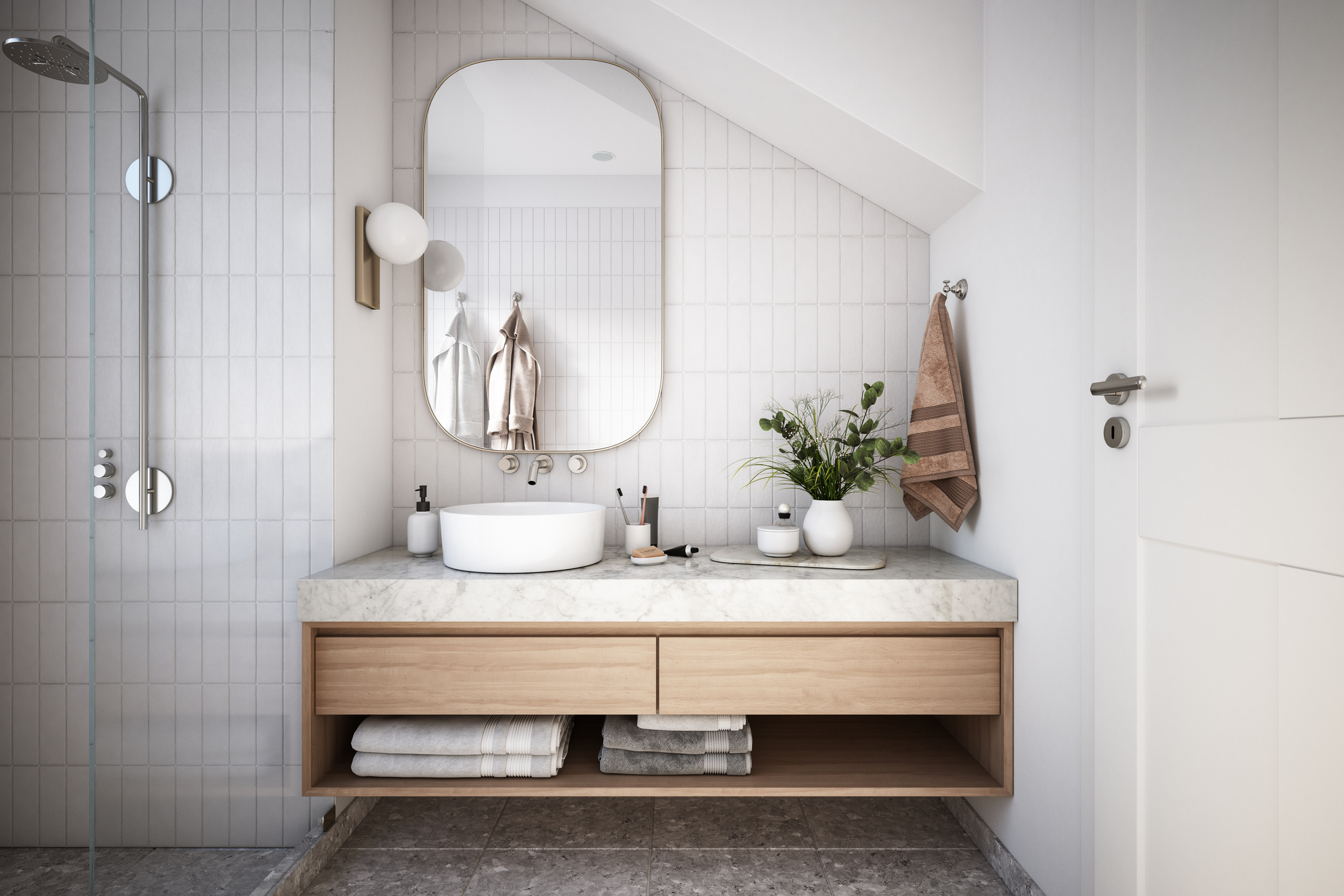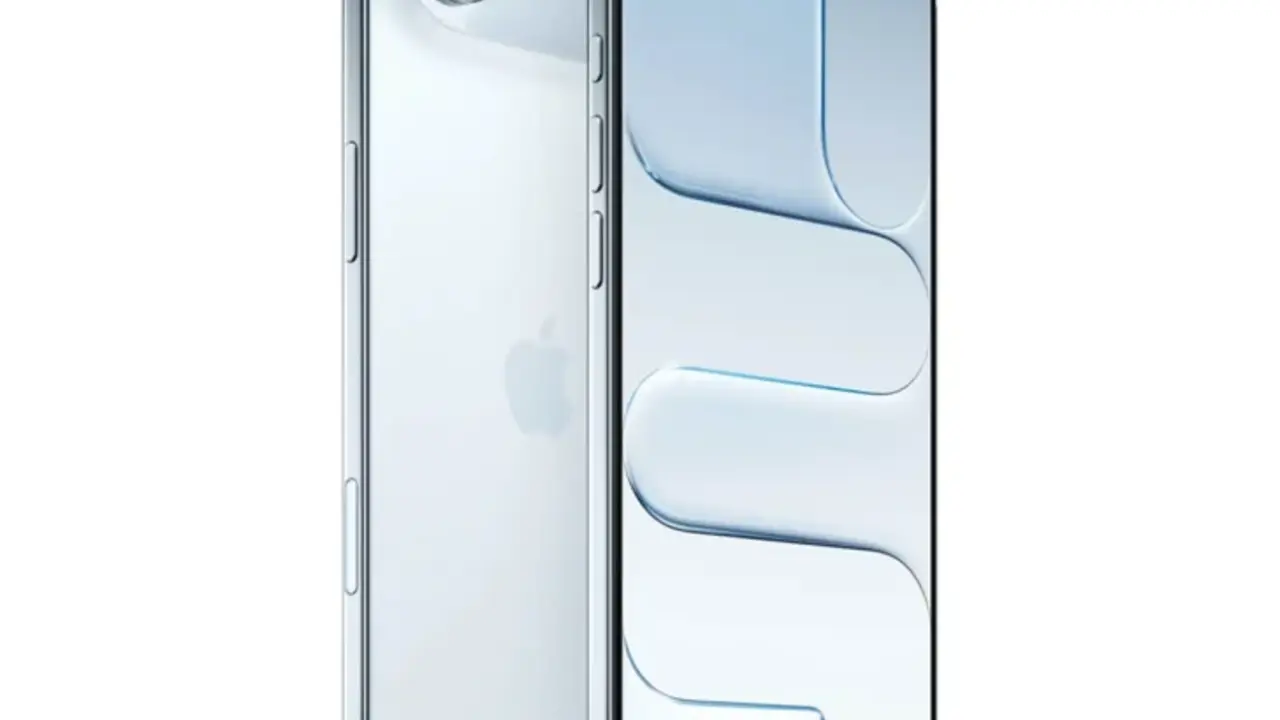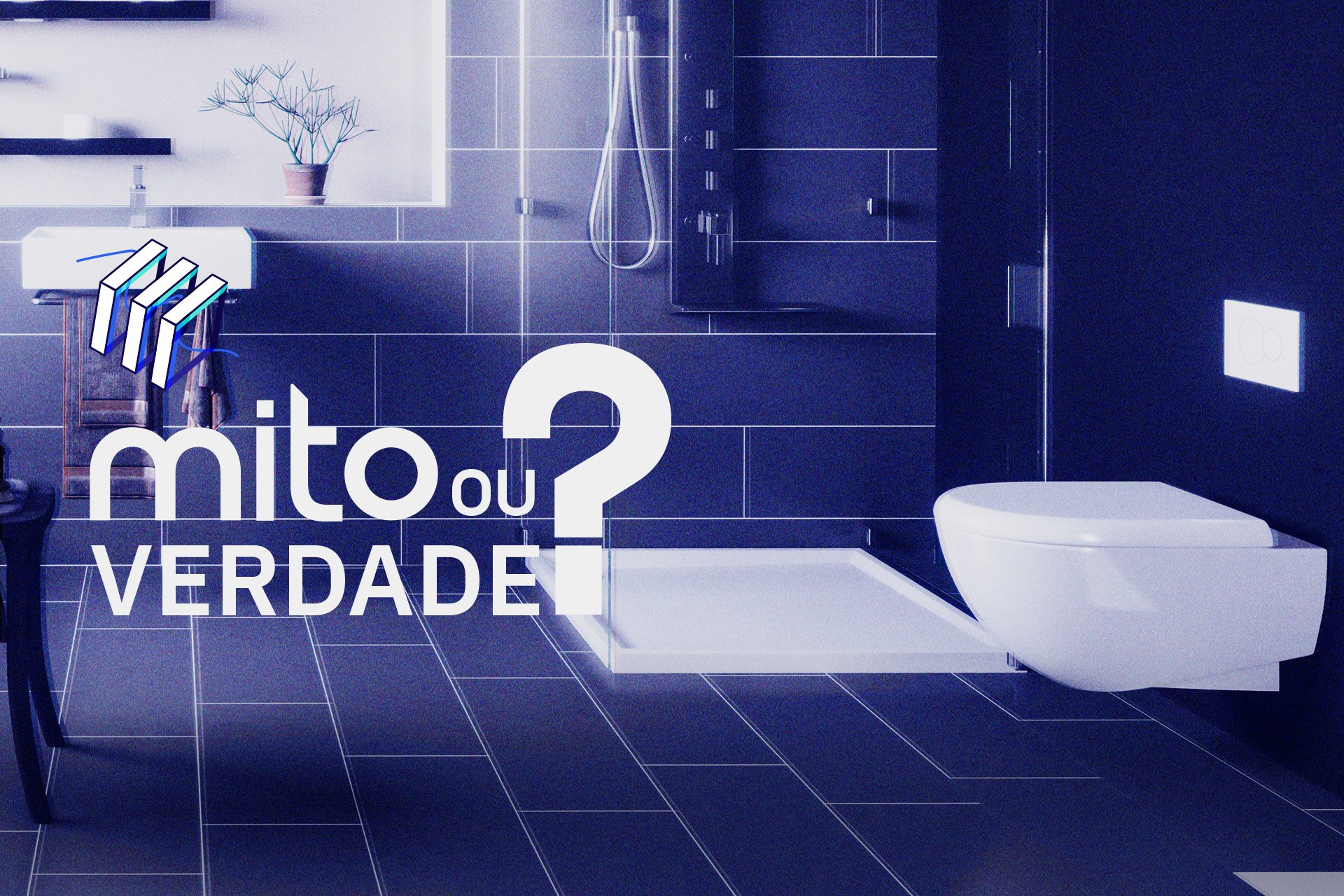If you have a laptop or smartphone, You’ve almost certainly already tried using the internet from your bathroom.. You may also have noticed that the wireless signal inside is not as strong as in the rest of the house. So what are the reasons why this happens in bathrooms?
One of the main reasons for this is walls that disrupt the signal in any room of the house. However, it is worth noting that this signal becomes weaker in bathrooms. Really? This is what we will discover by analyzing some factors that can affect data transfer.
What role do tiles play in the Wi-Fi signal?
Many bathrooms are built with porcelain tiles. Some say they can weaken the internet signal. Apple states in its Wi-Fi boosting guide: floors are actual obstructions that can disrupt transmissions..
According to some reports from technicians specializing in networks, flooring causes wireless signal to echo. This represents a drop in power and therefore failures in communication between devices.
There is no specific study for this hypothesis, but one factor needs to be considered. Laying tiles requires the use of cement, which is known to weaken wireless signals. Concrete walls can be an even stronger barrier.
Can mirrors reflect signal?
One of the most frequently asked questions about wireless internet is about mirrors. Many think that by reflecting the signal, they can prevent data from reaching the devices that need it. In fact, to verify this, it is necessary to distinguish two types of mirrors that can be found in bathrooms.

Glass does not cause any interference, but metal used for reflections can be a difficult obstacle. Old mirrors using lead, silver and other heavy materials are nearly impenetrable. More modern ones with aluminum cause less losses but do not allow 100% transition.
What is actually happening is not a reflection (just like with light in mirrors), but rather an absorption of the signal, as is the case with all materials.
Plumbing and connections
Currently the majority of hydraulic pipes and fittings are made from PVC and other plastic materials, but there was also a time when they were made from metal. If your home has this type of setup, your bathroom will likely be isolated from any Wi-Fi signal.. This is because metal absorbs waves.
It can be said that such structures are one of the biggest reasons why bathrooms cannot be used as media centers and internet connections. As we mentioned before, the thickness of the walls is also an obstacle to overcome. It is worth remembering that electrical wires can pass through them, which can cause interference.
After all, does the bathroom weaken Wi-Fi?
The answer is “yes” but it doesn’t stop there. If the wireless router and the device trying to access it are separated by the bathroom, the internet signal will reach this electronic device weaker. In other words, the signal is weakened not only inside the bathroom, but wherever the bathroom is used as a path.
As you can see, it’s not just your bathroom that turns wireless internet into torture. The combination of tiles, cement, pipes, electrical wiring, mirrors, and walls make these environments a really bad place for a Wi-Fi signal.
Source: Tec Mundo
I am a passionate and hardworking journalist with an eye for detail. I specialize in the field of news reporting, and have been writing for Gadget Onus, a renowned online news site, since 2019. As the author of their Hot News section, I’m proud to be at the forefront of today’s headlines and current affairs.










